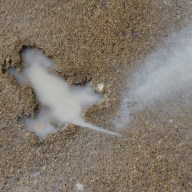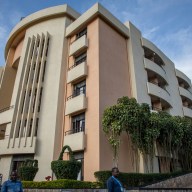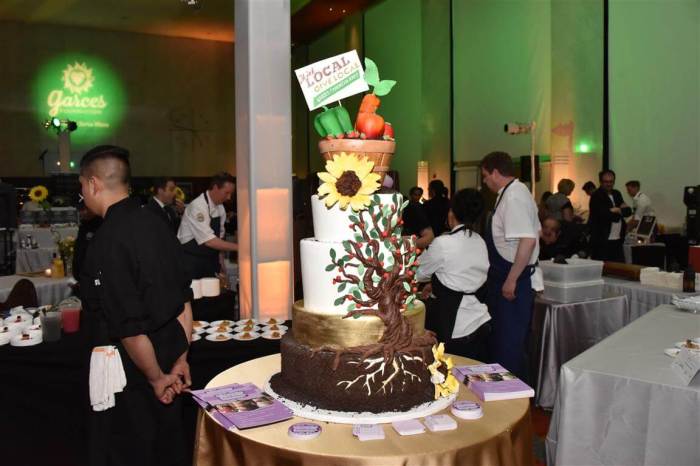 Credit: Takehito Miyatake
Credit: Takehito Miyatake
Through his use of color and light, nature photographer Takehito Miyatake celebrates the magical beauty of Japan’s landscape.
It’s commonly known as the ‘Land of the Rising Sun’, butjudging by these captivating photos of the country, Japanis an enchanting place of zipping fireflies, sparkling squidand volcanic lightning.
In his vivid images ranging from the erupting Sakurajimavolcano to a bridge surrounded by the glow of firefliesin flight, photographer Takehito Miyatake explores theinterplay between what he describes as the “light of Japan”and the natural landscape, as well as the connection betweenland, water and sky.
His photographs are on display at Steven Kasher Galleryin New York City until June 7.
Magical: Flying fireflies evokescene from a “fairy tale world”
 Credit: Takehito Miyatake.
Credit: Takehito Miyatake.
Here, a group of botaru fireflies (Hotaria parvula) take flight in a wooded area. Despite each insect being only 5mm in size, “the flight can create a spectacle that seems to come from a fairy tale world,” says Miyatake.
Color: Lightning strikes right on hue at Sakurajima volcano
 Credit: Takehito Miyatake
Credit: Takehito Miyatake
“I was entranced by the performance of primary colors that evoked thoughts of the creation of earth,” says Miyatake.
Contrast: It’s glow over flow in light-versus-dark photograph
 Credit: Takehito Miyatake
Credit: Takehito Miyatake
Here, the 47-year-old photographer contrasts the fireflies’ “yellow-green ribbon” glow with the rain-darkened rocks that reflect the blue sky.
Luminous: Out of abyss is sight not to miss
 Credit: Takehito Miyatake
Credit: Takehito Miyatake
Japan’s bioluminescent hotaru ika (‘firefly squid’) live 2,000 feet down (610
meters) under the water. In spring-time, they come up near the surface to spawn, and some of them even wash up on the beaches.
Inspiration: “Limited, but also profound”
 Credit: Takehito Miyatake Miyatake was inspired by
Credit: Takehito Miyatake Miyatake was inspired by
Japanese poetry, or waka. “Both waka and photography can express nature concisely – with photography it can be a single image, with waka it is a poem of limited words – but also profound.”


















